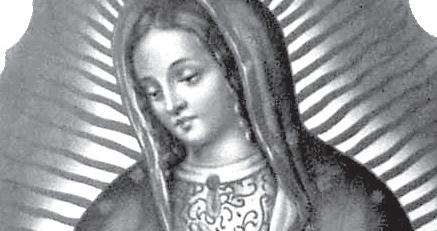

of Martyrdom of the Dead and the THE CROWN THE CULT
By Louise Zwick
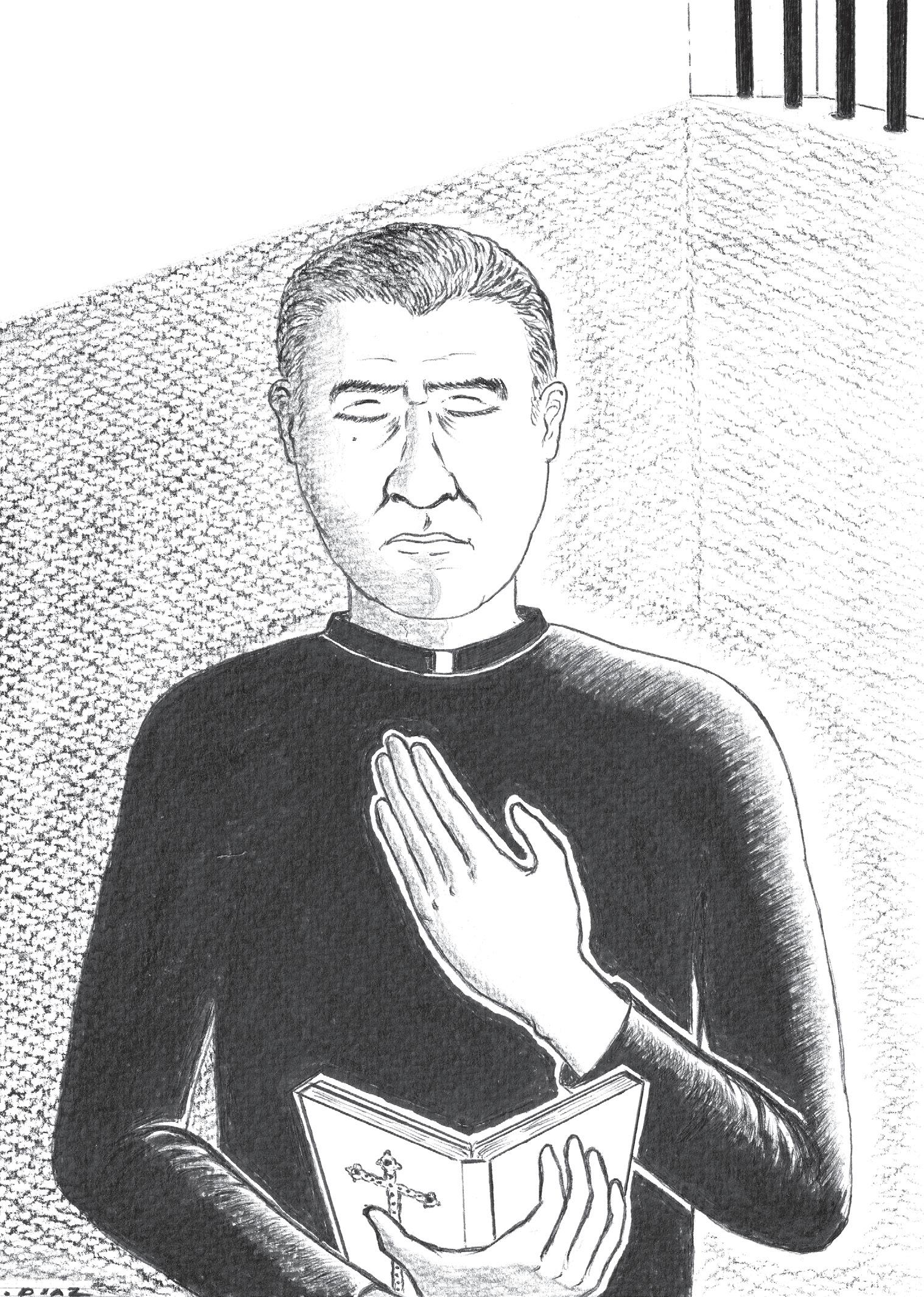

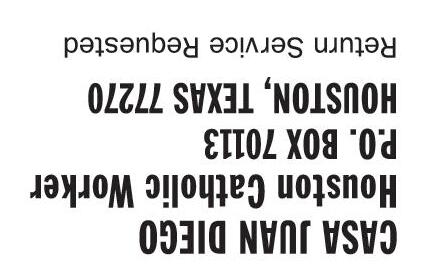
MARTYRS FOR THE FAITH – THEN AND NOW
Some of the most well-known martyrs who died for their faith are from the earliest years of the Church — beginning with Jesus the Christ himself and then Stephen and many others martyred in Roman times. Over the centuries, Christians have continued to face persecution and martyrdom. Those who have received what is known as the crown of martyrdom — killed for their faith — are saints of the Catholic Church.
A recent scholarly book published by the University of California Press documents the history of martyrdom and the devotion that the deaths inspired among the faithful from the beginning of Christianity up until the Reformation. The Cult of the Dead: A Brief History of Christianity provides not only details of the deaths of many martyrs, but also the devotions that followed them and the efforts of Bishops and monks not only to preserve the bodies, to publish the truth of their lives and deaths, but also to verify that the bodily remains which are venerated have been correctly documented. Many fascinating stories are recorded in the book.
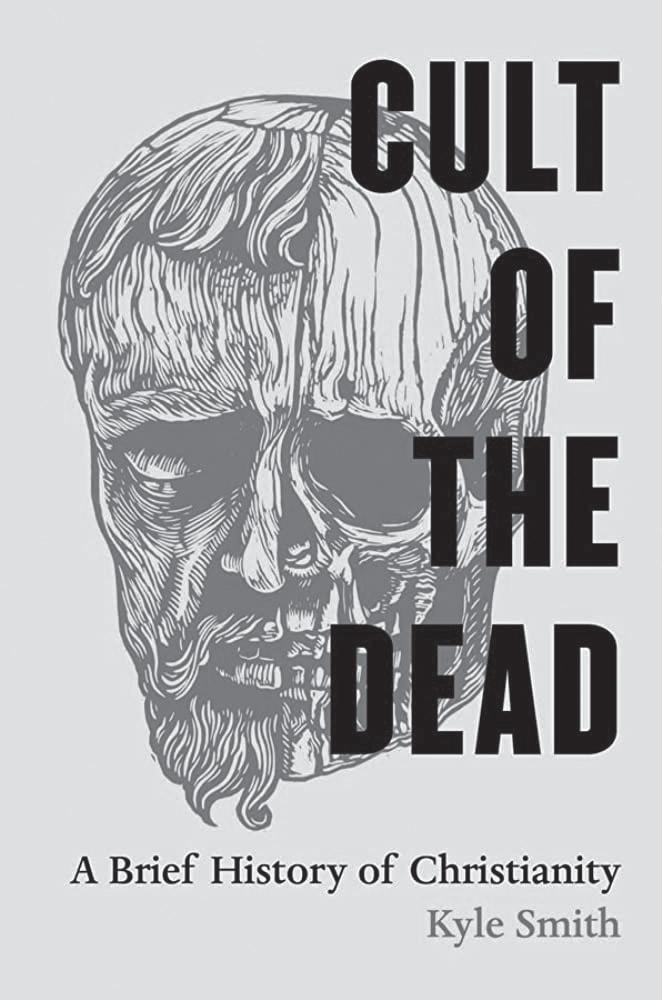
Nicaraguan Bishop Rolando Álvarez in Prison
Artist: L V. Díaz
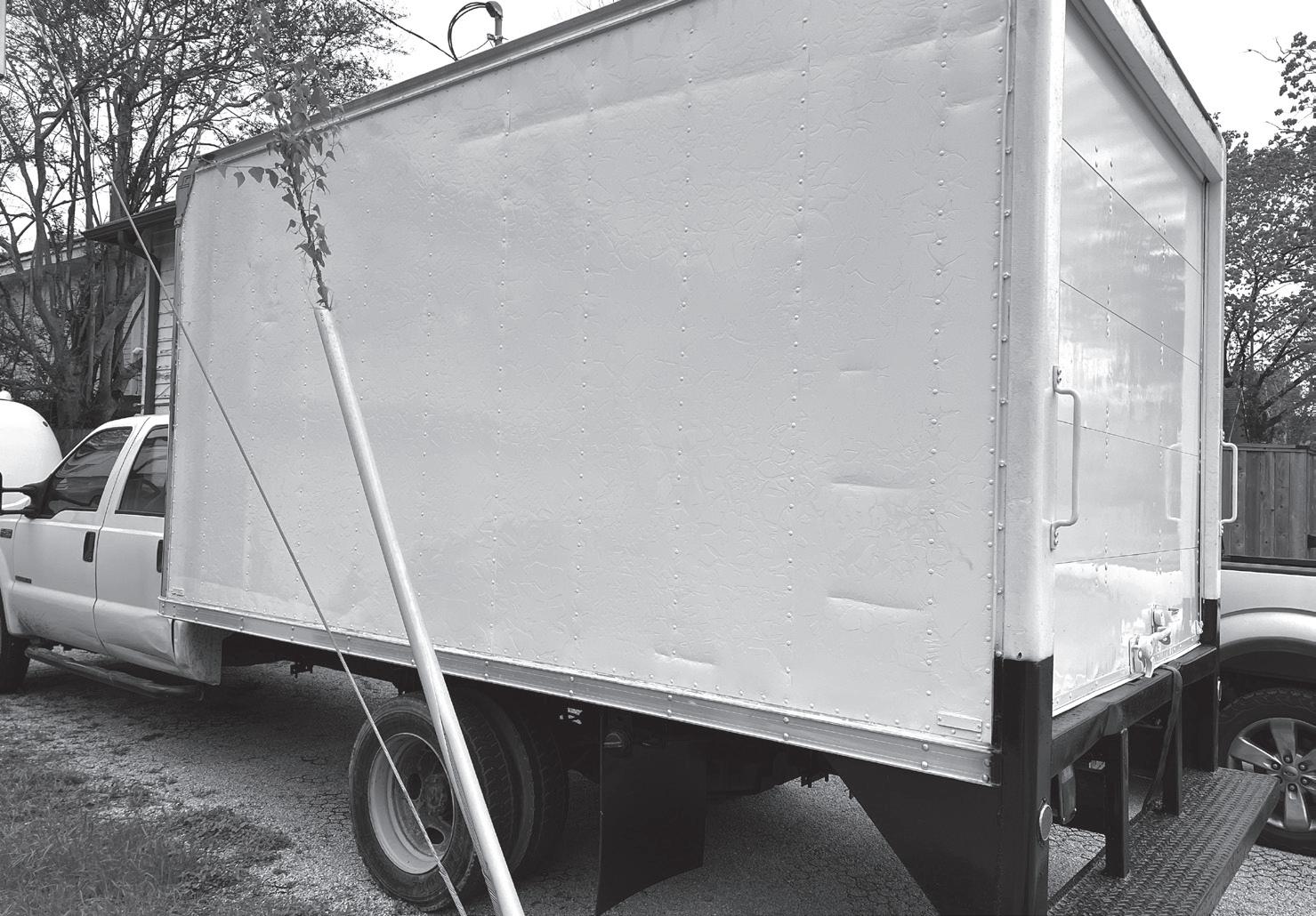
The Prodigal Truck
By Joachim Zwick
Phone calls before 6 am are not so unusual for Casa Juan Diego, but it isn’t usually the police calling. The Baytown, Texas, night shift was calling to let us know that we could pick up our stolen truck from the impound yard. It had been reported as abandoned in a local bank parking lot across the street from a Walmart and Home Depot. When we went to pick it up, the truck looked naked, its 12-foot storage box missing and the frame exposed. There was no sign of the image of Our Lady of Guadalupe. We delivered the truck to our creative mechanic since most of it still functioned just fine. They found a used cargo box at auction that turned out to be in better shape than the one we lost (hooray for fixing the rotting floor and various overhead dents!). They repaired the various damages (lights, locks, gas filler, etc.) and we are back up and running for a small fraction of the cost of a new truck. We still hope to replace the rear axle sometime soon and are taking steps to make it harder to steal in the future. One of our resident artists has offered to paint 0ur Lady of Guadalupe on the back door again for us. We hope whoever borrowed it was able to deal with their emergency. It’s nice to have the truck back. We hope it will continue to carry beans, rice, furniture and the occasional fatted calf for years to come.
Many more guests are arriving at Casa Juan Diego now and we are expecting a surge of people as Title 42 is soon to be removed.
We need volunteers!
Day volunteers would be very helpful. If you are able to come for a day or half a day, please let us know. We need help with driving women to prenatal appointments, appointments for illness or preparation for surgery. We need help with preparing rooms for the new guests arriving. We need help with translation at the clinic early some mornings.
• Bed pillows & blankets
• Jeans for men, size 28-34 waist
• Sneakers for men, sizes 8 to 11
• Underpads for the sick
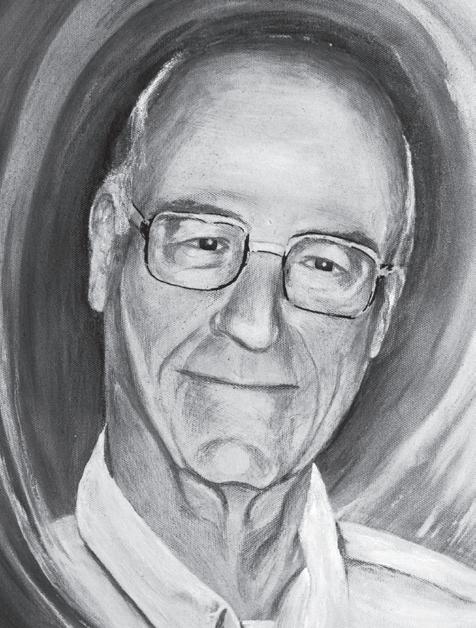
Casa Juan Diego was founded in 1980, following the Catholic Worker model of Dorothy Day and Peter Maurin, to serve immigrants and refugees and the poor. From one small house it has grown to ten houses. Casa Juan Diego publishes a newspaper, the Houston Catholic Worker, four times a year to share the values of the Catholic Worker movement and the stories of the immigrants and refugees uprooted by the realities of the global economy.
• Food Donation Central Office: 4818 Rose, Houston, TX 77007
• Women’s House of Hospitality: Hospitality and services for immigrant women and children
• Assistance to paralyzed or seriously ill immigrants living in the community.
Casa Don Marcos Men’s House: For immigrant men new to the country.
Casa Don Bosco: For sick and wounded men.
• Casa Maria Social Service Center and Medical Clinic: 6101 Edgemoor, Houston, TX 77081
Casa Juan Diego Medical Clinic
• Food Distribution Center: 4818 Rose, Houston, TX 77007
• Liturgy: In Spanish Wednesdays at 7:00 p.m. 4811 Lillian at Shepherd. (Temporarily Suspended)
Funding: Casa Juan Diego is funded by voluntary contributions.
EDITORS
Louise Zwick & Susan Gallagher
TRANSLATORS Blanca Flores, Sofía Rubio, Aida Gonzalez
CATHOLIC WORKERS
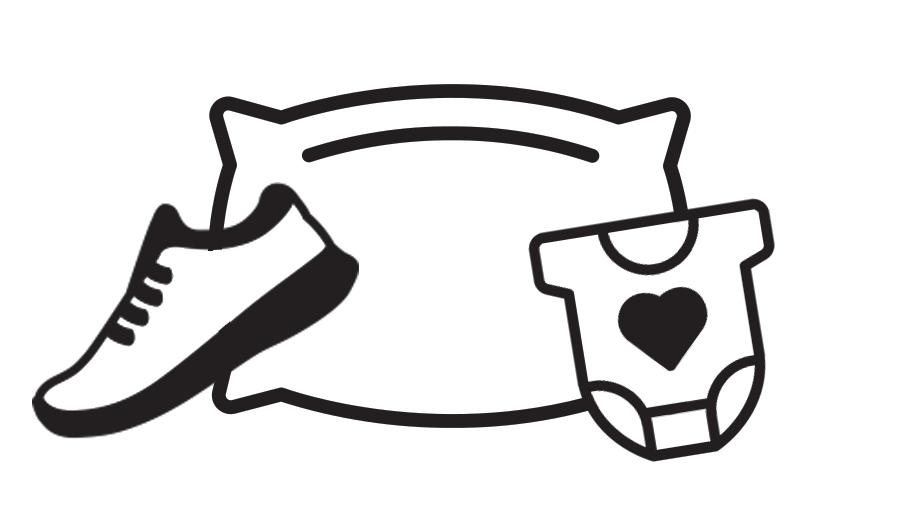
OUR NEEDS
• Adult diapers – size M, L & XL
• Baby wipes
• Cooking pots & skillets
• Bread
Become a full-time Catholic Worker (Spanish or French speaking ability necessary). Room and board and health insurance provided.
Pray for us and our guests.
Dawn McCarty
Marjorie Mika, Kacie Shannon, Peter Mercurio, Mattie Jenkins
Helen Conroy, Andrew LaValle, Joachim Zwick, Kevin Mcleod
TECHNICAL DIRECTOR Joachim Zwick
DESIGN
Bea Garcia Castillo
CIRCULATION Stephen Lucas
AYUDANTES TEAM........................... Wilmer Salazar, Ramiro Rescalvo
Julian Juárez, Victor Díaz, Kouassi Souleiman, Marlon Nieto
Robert Narvaez, Serapio Fisher, Enrique Lopez, Jesús Arioja Edipto Fuenmayor, Reynaldo Arioliga, Eusfracio Medine Kelvin Acosta, Jorvin Hernandez, Oscar Alarcon, Erick Ubieta
PERMANENT SUPPORT GROUP................ Louise Zwick, Stephen Lucas
Dawn McCarty, Andy Durham, Betsy Escobar, Kent Keith
Julia Gallagher, Alvaro and Jane Montealegre
Pam Janks, Monica Hatcher, Joachim Zwick
VOLUNTEER DOCTORS........... Drs. John Butler, Laura Netfield, Yu Wah
Jorge Guerrero Sr., Nageeb Abdalla, Wm. Lindsey, Laura Porterfield Darío Zuñiga, Roseanne Popp, CCVI, Enrique Batres Homero Anchondo, Amelia Averyt, Deepa Iyengar, Justo Montalvo Mohammed Zare, Maya Mayekar, Joan Killen, Stella Fitzgibbons
VOLUNTEER DENTISTS.................Drs. Justin Seaman, Michael Morris
Peter Gambertoglio, Mercedes Berger, Jose Lopez Maged Shokralla, Florence Zare
CASA MARIA.....................................Juliana Zapata and Manuel Soto

MARK ZWICK – Founder
Houston Catholic Worker Vol. XLIII, No. 2
Better and Better Off
The world would be better off if people tried to become better. And people would become better if they stopped trying to become better off. For when everybody tries to become better off nobody is better off. But when everybody tries to become better, everybody is better off. Everybody would be rich if nobody tried to become richer. And nobody would be poor if everybody tried to be the poorest. And everybody would be what he ought to be if everybody tried to be what he wants the other fellow to be. Christianity has nothing to do with either modern capitalism or modern Communism for Christianity has a capitalism of its own. Modern capitalism is based on property without responsibility, while Christian capitalism is based on property with responsibility. Modern Communism is based on poverty through force while Christian communism is based on poverty through choice. For a Christian, voluntary poverty is the ideal as exemplified by St. Francis of Assisi, while private property is not an absolute right, but a gift which as such can not be wasted, but must be administered for the benefit of God’s children.
Share Your Wealth
What we give to the poor for Christ’s sake is what we carry with us when we die.
As Jean Jacques Rousseau says: “When man dies he carries in his clutched hands only that which he has given away.”
Easy Essays on Economics
By Peter Maurin, Co-Founder of the Catholic Worker Movement
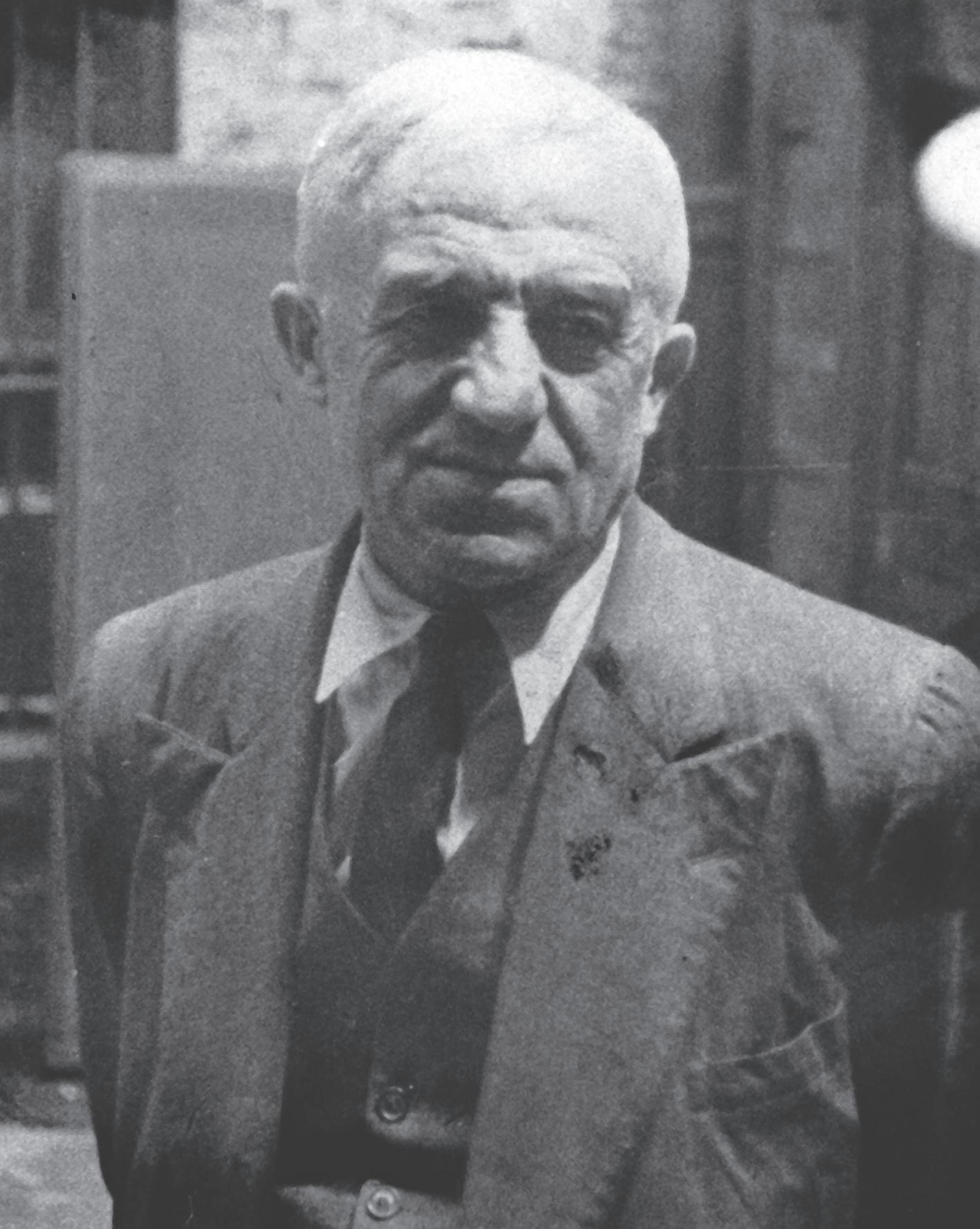
A New Society
To be radically right is to go to the roots by fostering a society based on creed, systematic unselfishness and gentle personalism. To foster a society based on creed instead of greed, on systematic unselfishness instead of systematic selfishness, on gentle personalism instead of rugged individualism, is to create a new society within the shell of the old.
When Bankers Rule
Modern society has made the bank account the standard of values.
When the bank account becomes the standard of values the banker has the power.
When the banker has the power the technician has to supervise the making of profits.
When the banker has the power the politician has to assure law and order in the profit-making system.
When the banker has the power the educator trains students in the technique of profit making.
When the banker has the power the clergyman is expected to bless the profit-making system or to join the unemployed.
When the banker has the power the Sermon on the Mount is declared unpractical.
When the banker has the power we have an acquisitive, not a functional society.
Peter Maurin Credit: Marquette University Archives
ALL THINGS BRIGHT AND BEAUTIFUL: Reflections on God’s Transforming
By Kacie Shannon
It is 3 o’clock in the morning. While the tightknit team of Catholic Workers would normally be fast asleep – exhausted from the previous day’s works of mercy and recharging for the unpredictable yet exciting affairs of the day to come – instead we are wide awake. During these uncharted hours before dawn, we are neither bidding farewell to someone who must fly to meet their loved one nor rushing to Ben Taub Hospital to recollect our discharged guest. Both of these responsibilities would not be unusual. Rather, on this intentional Lenten outing, we are kneeling in a chapel in silent adoration with our eyes transfixed upon the beauty and mystery of the Blessed Sacrament exhibited before us. As Catholics, we believe that Jesus is truly present in the Eucharist. It is a wonder of faith that simple forms of nourishment, bread and wine, become the essential and life-giving body and blood of Christ in a transformation like no other. My gaze remains steady as the monstrance dazzles and hypnotizes, but my mind wanders to reflect upon the similarly powerful transformations to which I have borne witness at Casa Juan Diego.
Crossing the threshold of Casa’s door during my initial visit last June, the eclectic happenings native to Casa Juan Diego overwhelmed my senses: Pallets of produce and canned goods lining the hallways, volunteers intently beelining in every direction, an extensive line of sick and injured persons patiently waiting for their monthly assistance, and a steady stream of hungry people coming for bags of food. Outside, there are too few parking spaces occupied by twice as many cars. Perhaps the most salient sight is weary new immigrants approaching in search of safe shelter during their first days in the country, often bearing few physical belongings but a cumbersome emotional baggage. I later came to appreciate how the busyness here is a signal of good work happening; it is a beautiful chaos. Worth mentioning is that Louise, who is animated by her own love for “Jesus in the distressing disguise of the poor” and carrying on the zealous spirit of Dorothy Day and her
late husband Mark, remains amazingly poised amidst the frenzy. When I later arrived to start my journey as a Catholic Worker and acclimate to this foreign environment, each moving part of Casa began to disclose its identity. The pallets of food became a humble source of sustenance for hundreds of hungry families. The small fleet of vehicles in the parking lot became the means for transporting children to receive vaccines, driving pregnant guests to their prenatal appointments, and collecting dozens of prescriptions to help our clinic patients live with dignity by
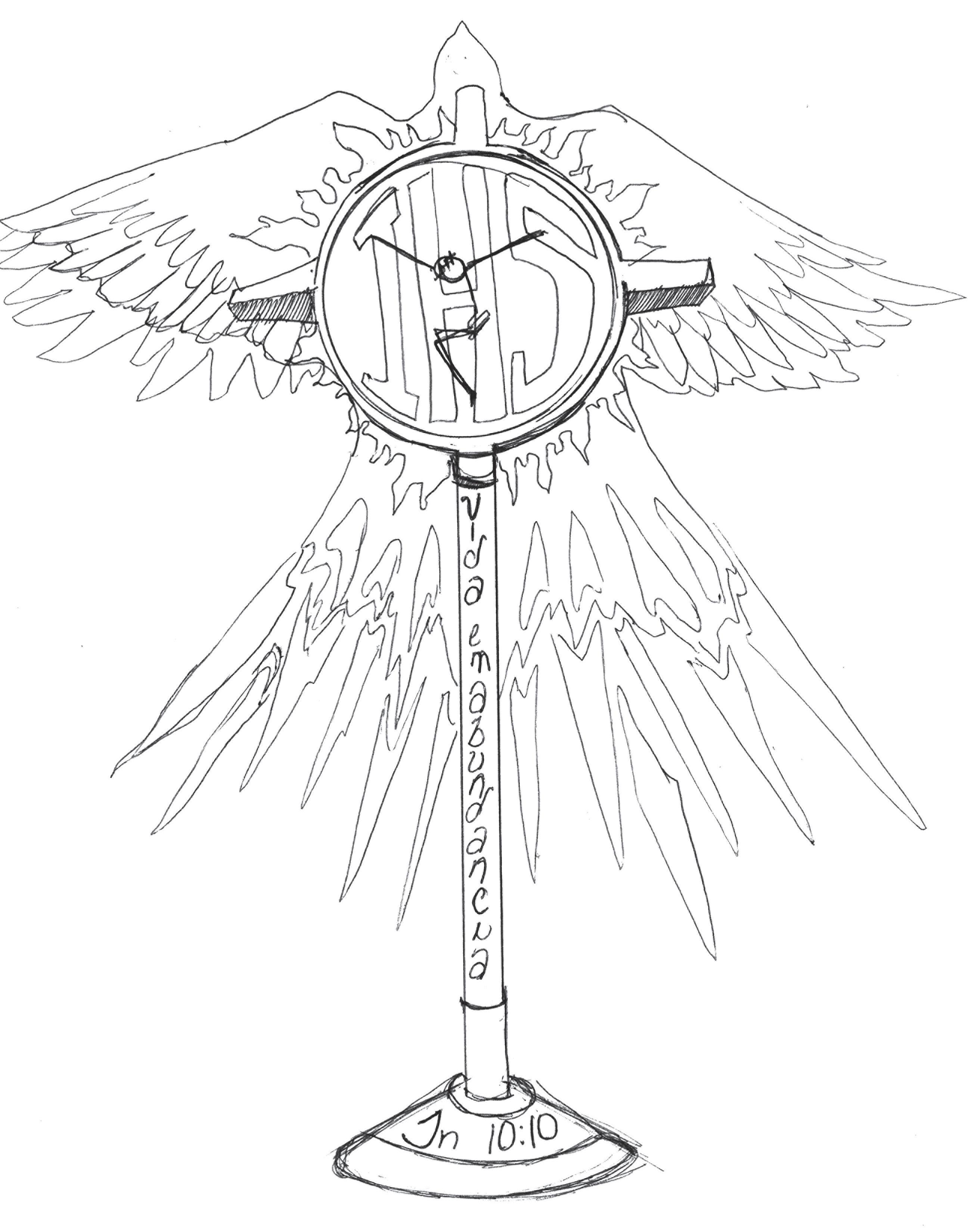
illnesses. I recognized the influx of donated sandwiches to be nourishment for the male guests who leave the house each day in search of work, the women who wait in-line all day
at the Immigration Office, and the individuals experiencing homelessness who are regularly welcomed at the door. The bags of masa evolved from a type of flour foreign to me into a staple ingredient of tortillas or arepas, a tasty dish that our beloved Venezuelan guests cook with passion and pride. The long line outside the door went from being a purely daunting sight toward the opportunity to personally greet each visitor, hear their story, and respond with simple but purposeful actions. I will forever associate the meaning behind each feature of Casa with the people at the door, in the clinic, and in the shelter who so touched my heart while carrying out this work.
I am in continual awe of how God makes Himself fully present and infiltrates every action at Casa Juan Diego, engendering a breeding ground for faith, hope, and charity. How lucky we are to have vitality and strength in our hands, minds, and hearts so that we may serve as conduits of His healing love. How blessed we are to operate within a special community where human dignity and value are prioritized over the possession of legal status –a formality that should truly have no bearing on how someone is personally treated. We often reference Matthew 25:31-40 to characterize the work that we do, a verse in which Christ instructs His disciples to show love and mercy to others, particularly those who are vulnerable. It is through His guidance on how to exercise compassion that our simple efforts of hospitality are beautified and transformed into acts that genuinely heal hearts and restore life, in an entirely reciprocal fashion. It is akin to, and a reminder of, the transformation by which Christ freely and lovingly offers his flesh in the form of bread and wine so that we may draw closer to the source of all life and love, God, and enrich our faithful hope in the destruction of evil, injustice,
I have been fortunate to learn lessons from the women living here, especially in the realm of hospitality. “Mary,” one of our longer-term guests, inspired me while acting as a mother figure for our newer, unsettled guests. I recall receiving
Love at Casa Juan Diego
someone who was particularly troubled and on the verge of tears. Sensing this pain, Mary took the new guest under her wing and directed her to get some food, coffee, and a chair to rest. This was only one occasion of many in which Mary helped love a woman into a better existence. A month prior, another guest had slipped and fallen down the stairs, whacking her poor elbow on the tumble downward. The women flocked to her side and began tending her, slathering copious amounts of Vicks VapoRub on the injured arm. When it became apparent that our fallen guest needed medical attention from someone other than Dr. Vicks, Mary immediately volunteered to accompany the injured guest and stay with her in the Emergency Room – an ordeal that could last all night. I am humbled, amused, and grateful that in our house of hospitality, I have witnessed the patient, kind, and nurturing behavior of our women.
Living in devoted service and community with some of the most vulnerable, incriminated against, and outcast persons has been the privilege and gift of a lifetime. Among many discoveries within this dynamic place, I have affirmed that no linguistic, cultural, or socioeconomic barriers can hinder the formation of cherished relationships. With this awareness coincides my intensified eagerness to meet people where they are, which is often within a complicated and distressing situation, and to love them all the same. A necessary clarification: this is no easy love. Truthfully, every day is a test of patience and strength. Our daily and nightly work is an exercise best summarized by novelist Dostoevsky’s words, “Love in action is a harsh and dreadful thing compared to love in dreams.”
Several nights ago, I heard a knock on my door from a guest who had been worried sick about her husband stuck in a detention center. I uttered a quick prayer of ‘Lord, give me strength’ as I often do in these trying moments, and then proceeded to open the door. She thrust over her phone and instructed me to talk to the taxi driver who was inquiring about what to do with the phone-less, fund-less, Portuguese-speaking man who he had just picked up from a detention center in California. The four of us went back and forth for quite some time, nearly waking up the entire household as we frantically created a plan to aid this new immigrant to safety. The next morning, further adept efforts from my teammates helped secure the delivery of our guest’s husband to Casa
Juan Diego. While situations are seldom easy when we aim to meet others where they are, I always remind myself that God too will meet us where we are – in our feelings of impatience, inadequacy, and insignificance – and help us to persevere. It is the difficult love in action, such as the perplexing nighttime conversations that span innumerable language and social barriers, that draw us closer to one another. Close enough to experience the joy and suffering of our fellow neighbors, and close enough to see the face of Christ.
When I arrived at Casa seven months ago from this writing, I could not have imagined discussing life stories, sharing laughter, and building genuine friendship with the immigrants and refugees who visit Casa. I would never have expected to receive messages from former guests who continue to check in and send invitations to their apartments for social visits – occurrences that only further demonstrate to me that the sense of family established under Casa’s roof is tender, strong, and true. By God’s grace, we are empowered daily to lean on our common humanity and draw closer to each other in nourishing, life-giving relationships. While there is a complex number of moving parts to this, especially in a place where the personal situations are so varied and challenging, the work is truly as simple as doing what we have been called to do – to love one another, with the bestowed knowledge that whatever we do to the least of our brothers and sisters, we are doing unto Christ. It is during this Lenten season that I reflect upon the transformations that are occurring within me and around me at Casa Juan Diego. I contemplate the transubstantiation, a mysterious and divine gift involving the conversion of an ordinary substance
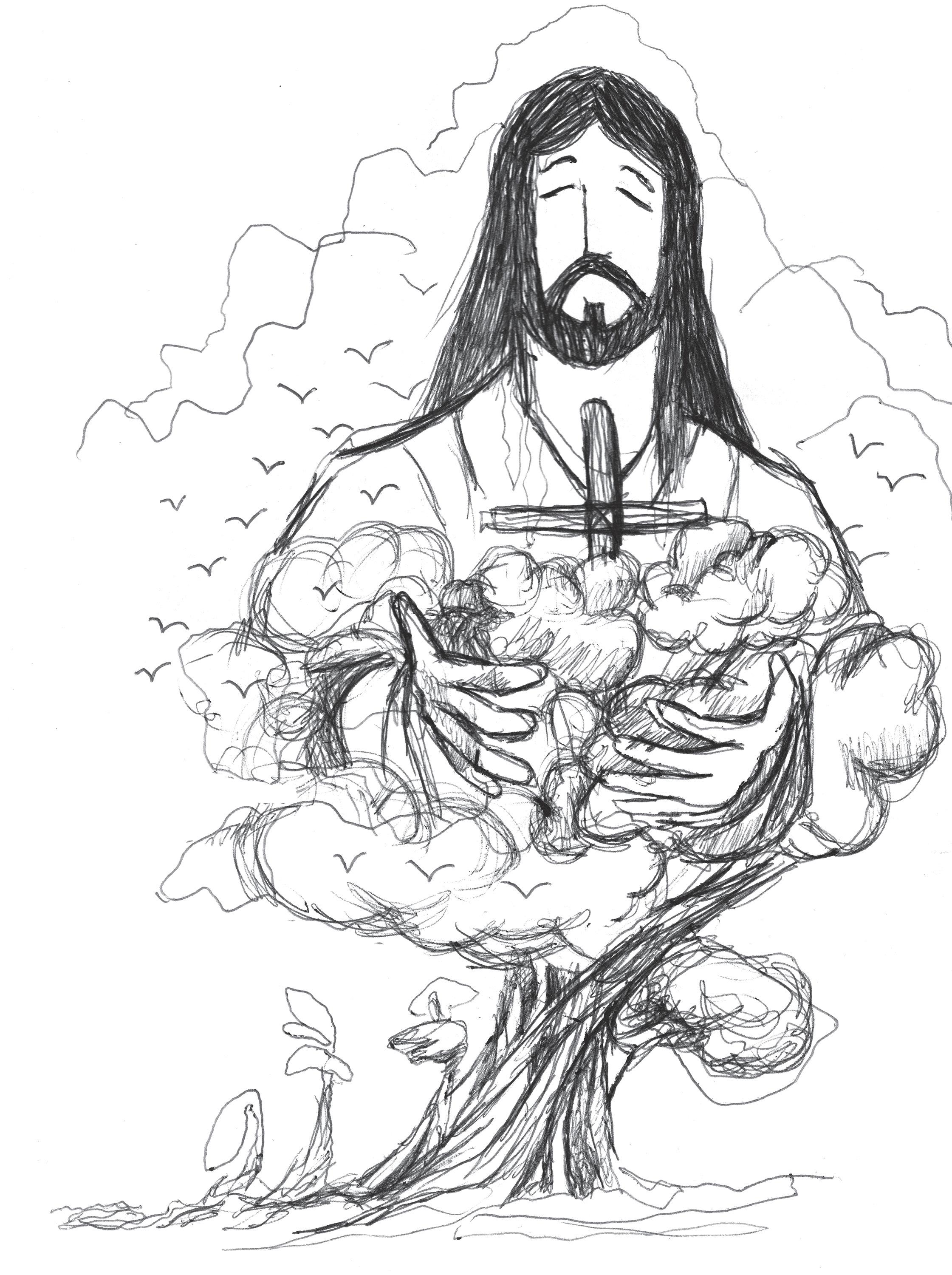
into the extraordinary. This theme has seemingly woven itself into the humble works of Casa Juan Diego, as God too moves throughout this space to sanctify the mundane. I meditate on the Resurrection soon to come, which signifies the conquering of death and thereby extends hope to all those here who seek the promise of a new life. And lastly, I consider the personal transformations that we may experience as God beckons us to direct our lives with greater compassion towards others. In doing so, we are enabled to see each person in front of us as a unique opportunity to glimpse into His infinite love. Amidst the noise generated by the hustle and bustle of our modernizing world, I am now discovering that this calling is sometimes only perceptible upon intentionally silencing my heart and listening, perhaps even at 3 o’clock in the morning, in His most beautiful and sacred presence.
Kacie came to Casa Juan Diego as a Catholic Worker after graduating from the University of Notre Dame to spend the better part of a year here before going to medical school.
Artist: Angel Valdez
November 24, 2022
Vatican City
To the People of Ukraine
Dear Ukrainian Brothers and Sisters,
For a full nine months, the absurd folly of war has been unleashed upon your land. Your skies have constantly echoed the grim sound of explosions and the alarming wail of sirens. Your cities have been hammered by bombs, as a shower of missiles has caused death, destruction and sorrow, hunger, thirst and freezing cold. Great numbers of people have taken flight into your streets, leaving behind their homes and their dear ones. Alongside the great rivers of your nation, great streams of blood and tears flow daily.
I would like to add my own tears to yours, and to assure you that I am daily close to you and bear you in my heart and in my prayers. Your pain is my pain. Today, in the cross of Jesus, I see all of you who are experiencing the terror unleased by this aggression. Truly, the cross, the instrument of the Lord’s torture, found anew in the signs of torture found on corpses, in the mass graves discovered in different cities, and in so many other brutal images that leave us appalled and make us cry out, “Why? How can human beings treat other human beings in this way?”....
May Our Lady, the Lord’s Mother and our own, watch over you. To her Immaculate Heart, in union with the bishops of the world, I have consecrated the Church and all humanity, and particularly your own country and Russia. To her maternal heart I now commend your sufferings and your tears. From Mary, who as a great son of your land once wrote “brought God into our world,” let us never tire of imploring the anxiously-awaited gift of peace, in the sure knowledge that “nothing will be impossible for God” (Lk 1:37). May he grant fulfillment to the rightful aspirations of your hearts, heal your wounds and bestow his consolation upon you. I am with you, I pray for you and I ask you to pray for me.
May the Lord bless you and Our Lady keep you.
His Holiness Pope Francis
Artist: Rita Corbin
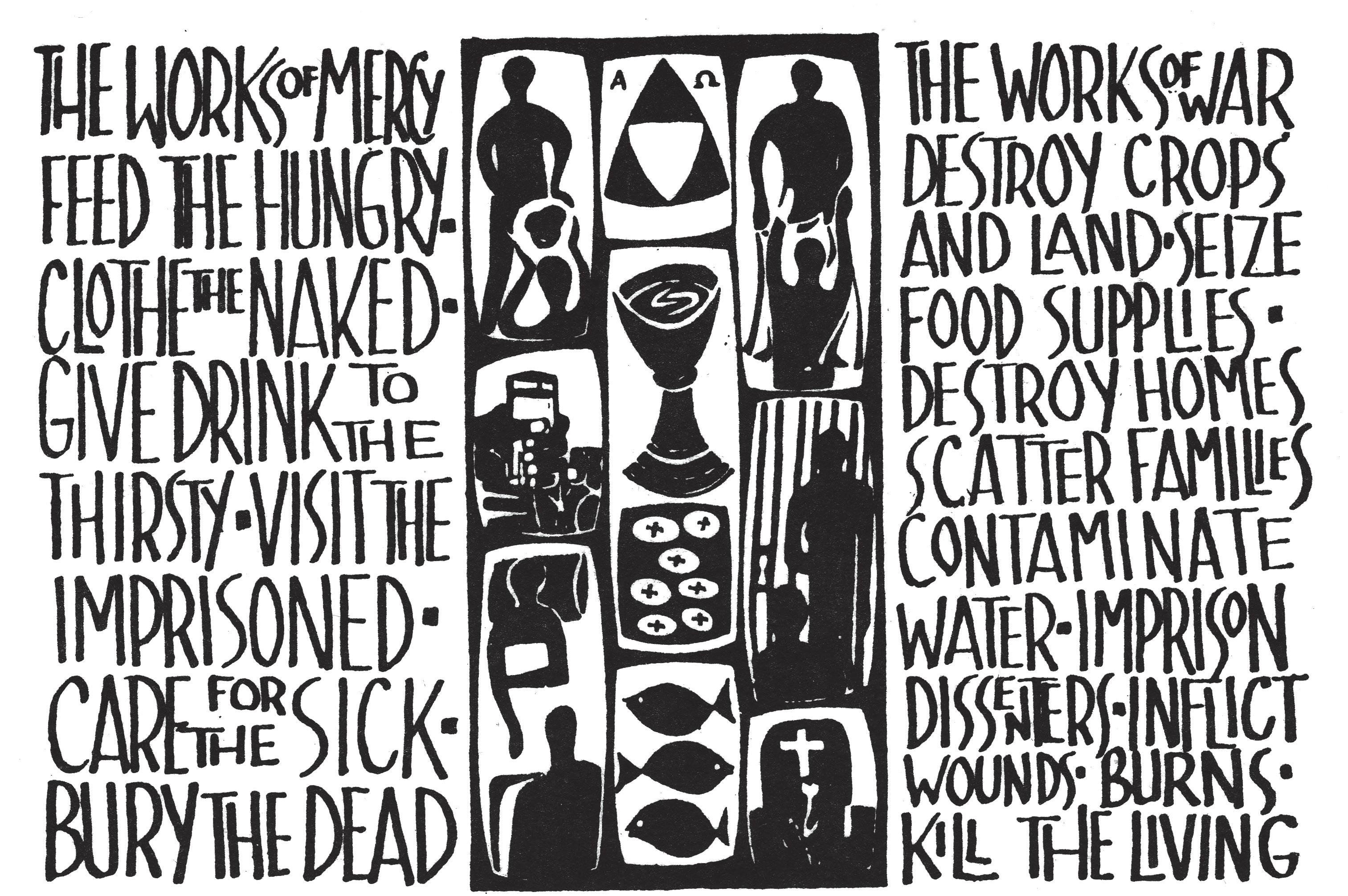
THE GREATEST EVIL IS WAR
by Chris Hedges
Seven Stories Press, New York, 2022
Reviewed by Bill Griffin
A powerful protest against our government’s current escalating war with Russia jumps off every page of this book. Chris Hedges has been dissecting the lies of the military industrial complex in his prolific journalism since the 1980s. Thoughtful and compassionate, he has been a biting, maverick chronicler and critic of US policies in Central America, the Middle East and in Central Europe as an independent war correspondent. This latest book is a philosophical companion to his satirically titled War Is A Force That Gives Us Meaning.
Hedges tells us clearly in his new book, war itself is our real enemy, not Russia. He is not a member of any hate-America-first club, but he refuses to fall into the easy intellectual trap of believing propaganda or taking sides in a conflict between nation states. It is a fallen world; we are all sinners. And it is human beings who will be saved or not and never nation states.
In the current crisis, he holds the US-led North Atlantic Treaty Organization (NATO), a military alliance, as most culpable and responsible for the escalation of war with Russia. After the collapse of the Soviet Union and the dismantling of its own military alliance (the Warsaw Pact), NATO’s 1989 promises to Russia not to extend NATO membership to countries on Russia’s borders were flagrantly broken over and over. Now Poland has a NATO missile installation one hundred miles from its border with Russia. Recall how the US reacted in the 1960s when there was the threat of placing nuclear missiles in Cuba, ninety miles from Florida.
Hedges writes, ‘The invasion of Ukraine would, I expect, never have happened if these promises had been kept. Russia has every right to feel threatened, betrayed and angry. But to understand is not to condone. The invasion of Ukraine, under post-Nuremberg law, is a criminal war of aggression.” However he goes on, “If truth is the first casualty of war, ambiguity is the second. The bellicose rhetoric embraced and amplified by the American press, demonizing Vladimir Putin, is infantile and dangerous. That the inversion of the conflict is true in tile Russian media fuels the conflict.”
Hedges finds tile hypocrisy of former US government officials, who were responsible for the horrendous destruction of Iraq and Afghanistan, to be stunning. For example, Condoleeza Rice, tile former National Security Advisor who helped orchestrate our second invasion of Iraq, did so by terrorizing tile US public with fears that Iraq might have nuclear weapons. She is now advocating on Fox News that the harshest economic sanctions be imposed on Russia and hinting at possible military measures. Hedges points out that twenty years ago, “her rationale for preemptive war, which under post-Nuremberg law is a criminal war of aggression, is no different than that peddled by Russian Foreign Minister, Sergey Lavrov, who says tile Russian invasion is being carried out to prevent Ukraine from obtaining nuclear weapons.”
Censorship from employers and the US government have come down hard on Hedges, but he seems to be able to take it in stride. The New York Times fired him for his denunciation of tile first US invasion of Iraq, in the nineties. Now, the US government is silencing him by shutting down tile multimedia platform, Russia Today (RT) where he had a program.
Hedges notes that “RT had a tiny media footprint, but it gave a platform to American dissidents who challenged corporate capitalism, imperialism, war and American oligarchy.”
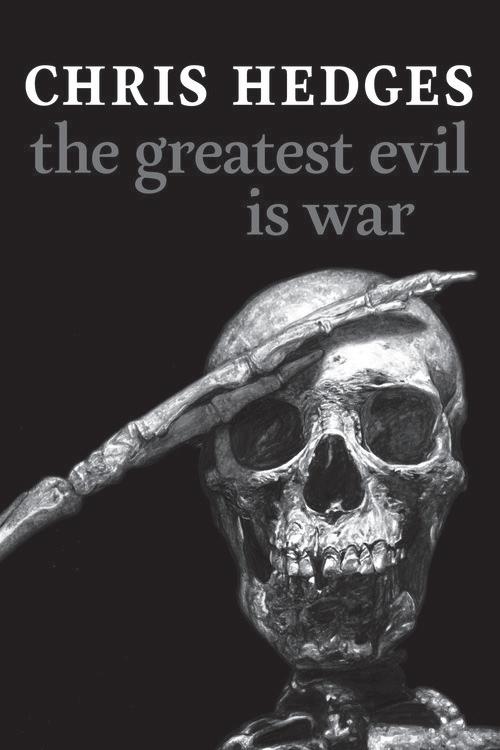
He also points out that “the same censorship of anti-war sentiment is happening now in Russia, but we should remember it happened here during the inception and initial stages of tile invasion of Iraq.”
The excruciating sufferings of children during all wartimes is given particular attention in a devastating chapter entitled, “Orphans.” Hedges is profoundly haunted by all the broken lives of children he has witnessed during his lifetime of reporting from war zones. This is a very hard read because Hedges is a vivid and uncompromising writer, but he wants us to see up close what war destroys. The reality is much worse, he tells us, but he wants us to see a little of what we are asking for, when we want war.
The concluding sixteenth chapter of this clearly written, gutpunch of a book is titled, “Permanent War.” Hedges is inspired by the analysis of the great anti-imperialist writer, Randolph Bourne, in his essay The State. Writing in urgent opposition to tile US entry into the inferno of World War One, Bourne stated, “War is tile health of tile State.” Dorothy Day often used his acid comment in her writings and in her conversations. Following Bourne’s line of thought, Hedges believes that it is quite possible that US civil society may one day collapse economically and socially under tile crushing weight of tile State’s evermore gargantuan military budget. Hedges sees the dangers as follows: “Permanent war which has defined tile United States since World War Two extinguishes liberal democratic movement. It cheapens culture into nationalist cant. It degrades and corrupts education and the media and wrecks the economy. The liberal democratic forces tasked with maintaining an open society become impotent.”
The core of Hedges’ appeal to us is that we must do all in our power to resist and shout down the renewed cries of warmongers who want a new war against Russia because it will increase the profits of their military industrial complex. But there is more at stake than that. Here is how Hedges sees our dire plight: ‘The provocation of establishing a NATO missile base one hundred miles from Russia’s border was foolish and highly irresponsible. It never made geo-political sense. This does not however excuse the invasion of Ukraine. Yes, the Russians were baited. But they reacted by pulling the trigger. This is a crime. Their crime. Let us pray for a ceasefire. Let us work to return to diplomacy and sanity, for a moratorium on arms shipments to Ukraine. Let us hope for an end to war before we stumble into a nuclear holocaust that devours us all.” Chris Hedges’ difficult book is a very necessary one.
Reprinted from The Catholic Worker (New York) January-February 2023.
of Martyrdom THE CROWN
More Recent Martyrs
We feature briefly here the stories of some of the more recent martyrs, after the centuries covered in The Cult of the Dead. There are so many. Here are only a few.
Bishop Rolando Alvarez
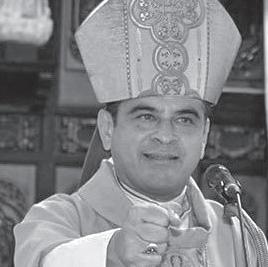
The news that the Nicaraguan government sentenced Catholic Bishop Rolando Alvarez to 26 years in prison has reminded us of the centuries of martyrdom of those who follow Jesus and stand with his people. Bishop Alvarez is a martyr even though he is not yet dead. Bishop Alvarez’ amazingly lengthy sentence is a part of the persecution of the Catholic Church in Nicaragua.
Bishop Alvarez was offered a split-second decision by the Ortega regime to flee and abandon his country. He chose to remain with his people and was sentenced to what may very well be a death sentence. Bishop Alvarez is 56 years old; it would be surprising if he survived 26 years in a prison noted for appalling conditions. He would be 82 if he were released at the end of his sentence.
Rutilio Grande, SJ, and Companions
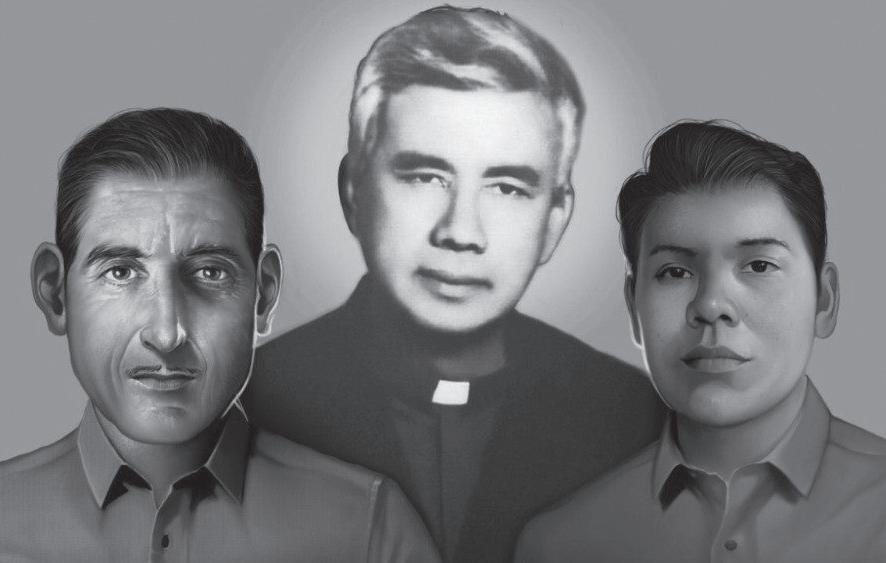
Seventy-five thousand persons died in El Salvador between 1977 and 1989, most of them at the hands of government soldiers and hit squads, according to a United Nations-sponsored Truth Commission report.
Jesuit priest Rutilio Grande was killed in 1977 during the time my husband Mark and I were living in El Salvador with our two children. We participated with a small Christian community there, based on Fr. Rutilio’s model – a group of the faithful studying the Bible and what the words of the Bible meant for their lives. Those groups were soon forbidden by the government during our time there.
Fr. Rutilio Grande was assassinated on March 12th 1977 together with his sacristan, Manuel Solorzano and young assistant Nelson Lemus. They were shot by a death squad as they drove to celebrate Mass in the village of El Paisnal. Rutilio, with a team of young Jesuits, had promoted programs of conscientization and established a
network of basic Christian communities. Fr. Rutilio preached and spoke with passion and clarity about the injustices suffered by the rural population and he stood with them as they organized to seek land reform and social development.
Archbishop Oscar Romero
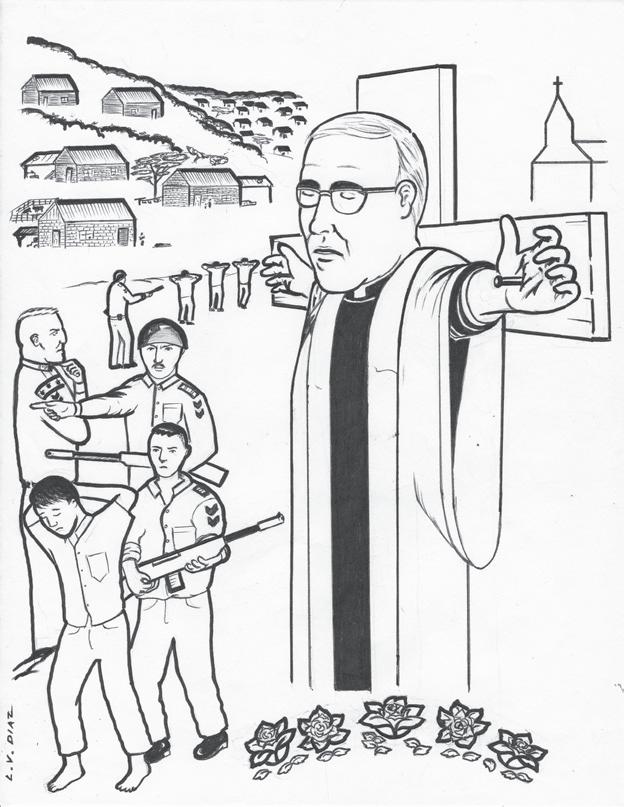
Archbishop Oscar Romero preached love and nonviolence, agrarian reform and a better wage for farm workers, but was maligned and criticized by those who wanted to keep the status quo. It was a time when the death squads roamed the streets and dead bodies were being found everywhere, thrown in garbage dumps. Archbishop Romero personally saw the carnage, facing down the military to claim bodies. It was his very last sermon that precipitated Oscar Romero’s death. His insistence on soldiers’ laying down their arms was too much for powerful people in the government, the military, and the wealthy landowners. In that homily he addressed the men of the army, the Guardia Nacional, and the police, and asked them to refuse to shoot:
“Brothers, you are part of our own people. You kill your own campesino brothers and sisters. And before an order to kill that a man may give, the law of God must prevail that says: Thou shalt not kill. No soldier is obliged to obey an order against the law of God. No one has to fulfill an immoral law. It is time to recover your consciences and to obey your consciences rather than the orders of sin. The church, defender of the rights of God, of the law of God, of human dignity, the dignity of the person, cannot remain silent before such abominations. In the name of God, and in the name of this suffering people whose laments rise to heaven each day more tumultuous, I beg you, I ask you, I order you in the name of God: stop the repression!” Monseñor Romero was shot in the heart the next day as he celebrated Mass.
Blessed Stanley Rother of Oklahoma
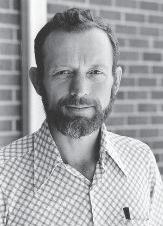
While Fr. Stanley Rother served in Guatemala, a civil war raged between the militarist government forces and the guerrillas. The Catholic Church was caught in the middle due to its insistence on catechizing and educating the people. During this conflict, thousands of Catholics were killed. Eventually, Father Rother’s name
appeared on a death list. Three men entered the rectory around 1 a.m. on July 28, 1981, fought with Father Rother and then executed him. His death shocked the Catholic world. No one was ever held responsible.
The people of Santiago Atitlan, Guatemala, mourned the loss of their leader and friend. They requested that Father Rother’s heart be kept in Guatemala where it remains enshrined today. “When they kill me, don’t cry…light the Paschal Candle and put up the Easter banner.”
— Fr. Stanley Rother
Miguel Augustine Pro Juárez, SJ (1891-1927)
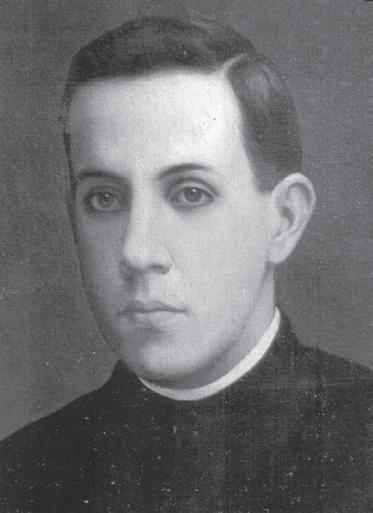
At the end of July 1926 the government of Mexico suppressed all public worship and closed the churches. Every priest became a hunted criminal. Faithful Mexicans, however, still sought the sacraments, so Fr. Miguel Pro continued his ministry in secret. He established stations in various parts of Mexico City and visited them regularly in disguise to preach and offer the sacraments. The young Jesuit lived without fear and carried on his priestly ministry until November 1927. Soldiers escorted the unsuspecting Jesuit priest into the prison yard the morning of Nov. 23. When he saw the spectators and the firing squad, he asked for a few moments to pray, and then refused the blindfold when it was offered. Holding his rosary in his hand, he stood in front of the bullet-chipped wall and stretched his arms out in the form of a cross. When the order came to fire, he cried out, “Viva Cristo Rey! Long live Christ the King.” Pro’s father claimed the body and had a wake in the family home; thousands of workers as well as soldiers came by to see the martyr’s body.
María de la Luz Cirenia Camacho, Cristera Martyr of Coyoacán, Mexico City
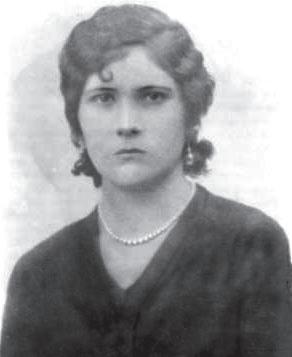
On Sunday, December 30, 1934 Maria de la Luz Camacho died in her parish of San Juan Bautista in Mexico City. She died at age 27 a martyr, defending the Church and the Faith, shot by her executioners. She died at the same time that she cried out: Viva Cristo Rey! Long Live Christ the King. María de la Luz was a catechist, a Third Order Francisco and a member of Catholic Action in México. On December 30 the priest asked the people to spread the Word that the Red Shirts had arrived to attack and burn the parish. Maria de la Luz left her house and arrived at the parish where the Red Shirts were arriving with tanks of gasoline, shouting against the Church and
Artist: L.V. Diaz
blaspheming. Maria de la Luz stopped in front of the door of the church, opened her arms as a cross and began to cry out “¡Viva la Iglesia! ¡Viva el Papa! ¡Viva la Virgen de Guadalupe! ¡Viva Cristo Rey! (Long Live the Church, Long Live the Pope, Long Live the Virgin of Guadalupe, Long Live Christ the King!) until the sound of the shots swallowed up her voice. As she lay dying, she received the last Sacrament. [by Roberto O’Farrell]
Edith Stein (Sister Benedicta of the Cross)
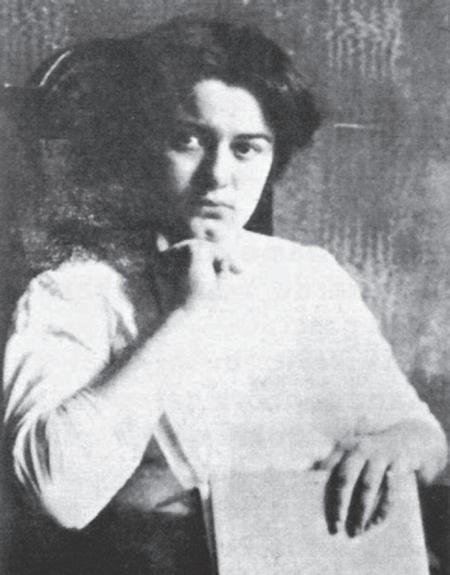
Philosopher and Jewish convert to Catholicism
Edith Stein took the name of Teresa Benedicta of the Cross when she entered the Carmelite religious order. Because of the Nazi persecution of Jewish people, Sister Benedicta and her biological sister Rosa, by then also a convert and an extern (tertiary of the Carmelite Order, who would handle the community’s needs outside the monastery), were sent to the Carmelite monastery in Echt, Netherlands, for their safety. In response to the pastoral letter from the Dutch bishops on July 26, 1942, in which they made the treatment of the Jews by the Nazis a central theme, all baptized Catholics of Jewish origin (according to police reports, 244 people) were arrested by the Gestapo on the following Sunday, August 2, 1942. They were sent to the Auschwitz concentration camp, where they were murdered in a gas chamber on August 9, 1942.
Zenovij (Zenon) Kovalyk, Ukrainian Priest (Redemptorist)
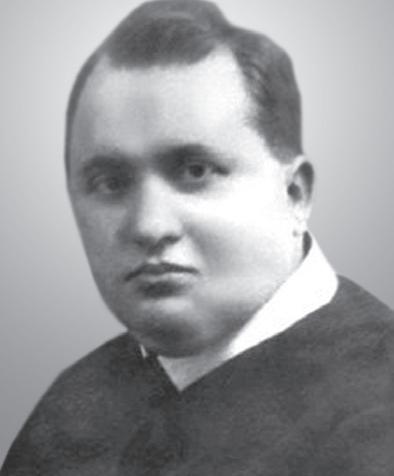
Zenovij (Zenon) Kovalyk joined the Redemptorists and professed vows in 1926. He studied philosophy and theology in Belgium and was ordained in 1932. Zenon was a fearless preacher of God’s Word and lover of the Mother of God. He was arrested by the Soviets in 1940. While in prison he continued his pastoral ministry among the prisoners.When the Soviet prisons were opened on the arrival of the invading German army, Father Zenon’s body was found crucified to a wall of the prison of Zamartynivska in 1941.
Józef and Wiktoria Ulma and Their Seven Children
Józef and Wiktoria Ulma and their seven children were killed by the Nazis for hiding a Jewish family in their home in Poland. They will be beatified as martyrs on Sept. 10, 2023. Early on March 24, 1944, a Nazi patrol surrounded their home in Poland. They discovered eight Jewish people who had found refuge on the Ulma farm, and executed them. The Nazi police then killed Jósef and Wiktoria, who was seven months pregnant. They also shot the children: Stanisława, age 8, Barbara, 7, Władysław, 6, Franciszek, 4, Antoni, 3, and Maria, 2. The World Holocaust Remembrance Center has
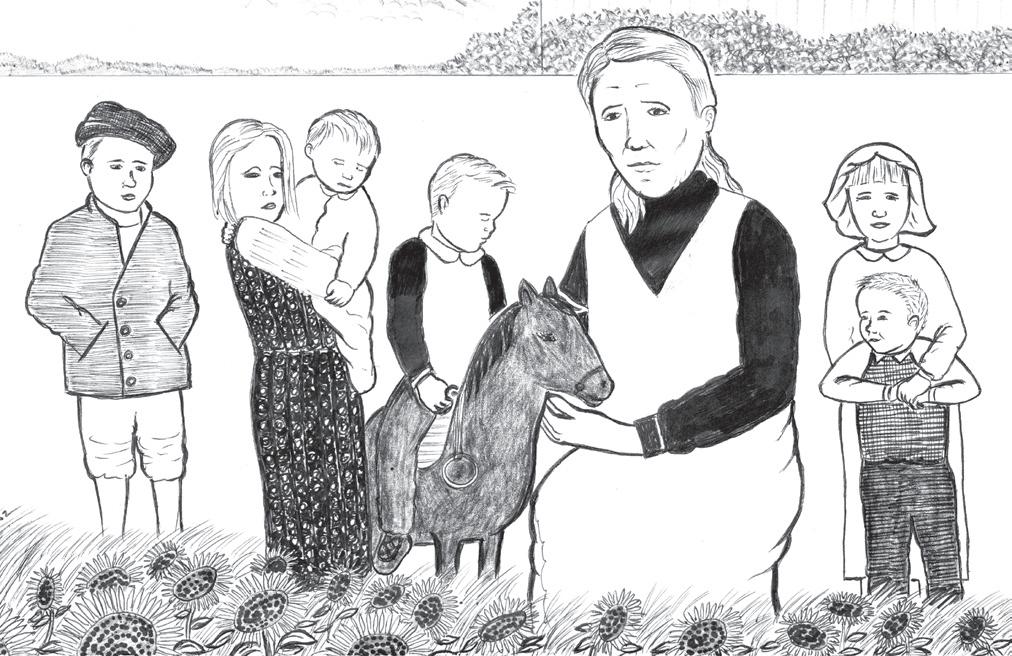
honored the Ulmas as Righteous Among the Nations for the sacrifice of their lives.
Blessed
Mariam Vattalil (Sr.
Rani Maria)
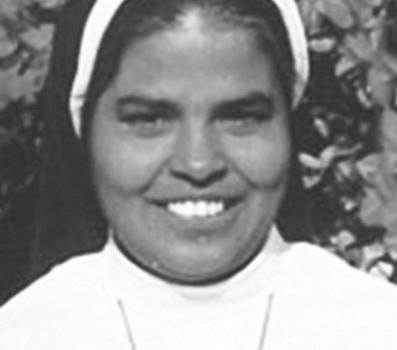
Killed “in hatred for the faith,” Blessed Mariam Vattalil has become a beautiful witness for the Church in India. Born to a simple peasant family in 1954, Mariam Vattalil joined the Franciscan Clarist Congregation. After entering she assumed the name Rani Maria and professed her solemn vows in 1980. Sister Rani Maria wanted to become a missionary and served several poor communities in India.
She worked with the poor, oppressed and marginalized in the region of Indore. According to the Franciscan Clarist Congregation, “The developmental programs in which she was engaged for the poor tribals went counter to the vested interests of the unscrupulous moneylenders and social exploiters; she became the object of their hatred, which grew steadily in step with the progress of the poor. And her enemies decided to get rid of her.”
Sister Rani Maria worked against a type of bonded labor that is a modern-day form of slavery. The local money lenders and feudal lords saw her work as a threat to their institutions and decided to hire an assassin to kill her. They hired a man named Samandhar Singh, who followed her and boarded a bus she was riding on in order to kill her. Singh stabbed her then and there in broad daylight and Sister Rani Maria’s last word was “Jesus.”
Fr. Isaac Achi, Nigerian Martyr
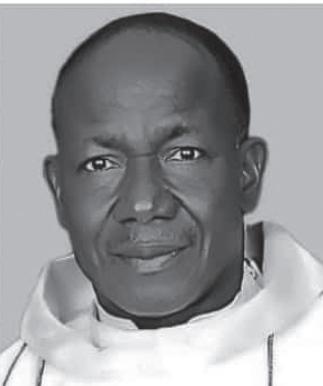
On January 15, 2023 a group of armed bandits forced their way into the parish rectory of SS. Peter and Paul Parish in the northern Nigerian village of Kafin Koro. Amid shouts of “Allahu Akbar,” the gunmen gained access to the sleeping quarters of two priests, Fr. Collins Omeh and Fr. Isaac Achi. Omeh was shot in the shoulder but managed to flee. Achi was shot in the chest and left to bleed to death as the terrorists — later claimed by the Islamist group Boko Haram — set fire to the premises and escaped. [Source: Commonweal February 2, 2023]
The Ecumenism of Blood
Pope Francis highlighted the plights of persecuted people around the world when he said that “They are witnesses to Jesus Christ, and they are persecuted and killed because they are Christians.
Those who persecute them make no distinction between the religious communities to which they belong. They are Christians and for that they are persecuted. This, brothers and sisters, is the ecumenism of blood.”
MARTYRS OF OTHER FAITHS
Nizar Khalit Muhammad Banat – Palestine
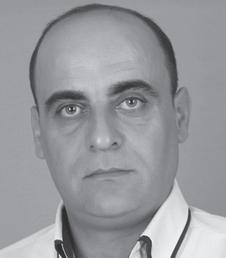
Some are martyred as they seek justice and peace for their people, including some of other faiths. We include here Nizar Khalit Muhammad Banat. John Howard, volunteer at Casa Juan Diego, recently spent several months in Palestine. His testimony: “We met with Gassan Banat the brother of Nizar Khalit Muhammad Banat, who had been foreseen as the obvious candidate to be the next head of the Palestinian Parliament in the election of 2021. He had been arrested a dozen times and never charged with a crime and was released but severely bullied. His face was put on pictures of animals, his house was shot up and a fierce propaganda campaign was unleashed against him. He was so popular partially for assailing the Palestinian Authority’s corruption on social media that they were afraid of losing. The elections were cancelled in March of 2021. On the night of June 24, 2021, fourteen members of the Fatah party who run the P.A. broke in and took him to jail where he was beaten to death. Nizar left a wife and five children in Hebron.”
The Paschal Mystery – Death to Resurrection
Sometimes people have commented that Catholics over the centuries have emphasized the Cross, the suffering and death of Jesus too much, and have not put enough emphasis on the Lord’s Resurrection. Theologians of Vatican II helped to restore the balance with the theme of the Paschal Mystery, the Lord’s passage from death to life. However, we cannot celebrate the Resurrection without remembering the Lord’s suffering and death and the suffering and death of the followers of Jesus, the martyrs and so many who suffer in other ways. The old maxim so often quoted in families of “Offer up your suffering” is not out of date.
The Lord’s presence is made visible to us through the saints and martyrs. As Donna Rosario, one of the characters in Caryll Houselander’s novel The Dry Wood, says: “Since our Lord has ascended in glory, we can only see him in his shadow cast on the road under our feet, by His saints.”
The saints and martyrs remind us of what really matters. Maurice Blondel decries the image of the Christian who is “someone like anyone else with a few more duties, a few beliefs, or a few practices added on in order to obtain, through a sort of life insurance on the next life, an honorable retirement.” As Blondel also says, “It is not in word alone or by only some sleight of hand that God wants to unite us in his perfection and to his felicity, it is entirely in reality and at the most just cost, without which we would be only copies, reflections, not living members of Christ living in us.” (Maurice Blondel, Philosophical Exigencies of Christian Religion University of Notre Dame Press.) The martyrs knew.
Artist: L.V. Diaz
